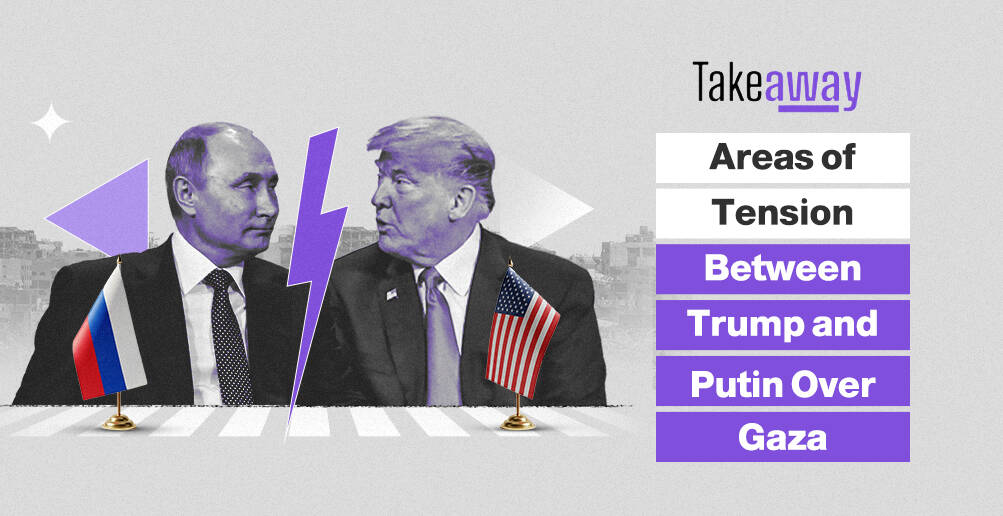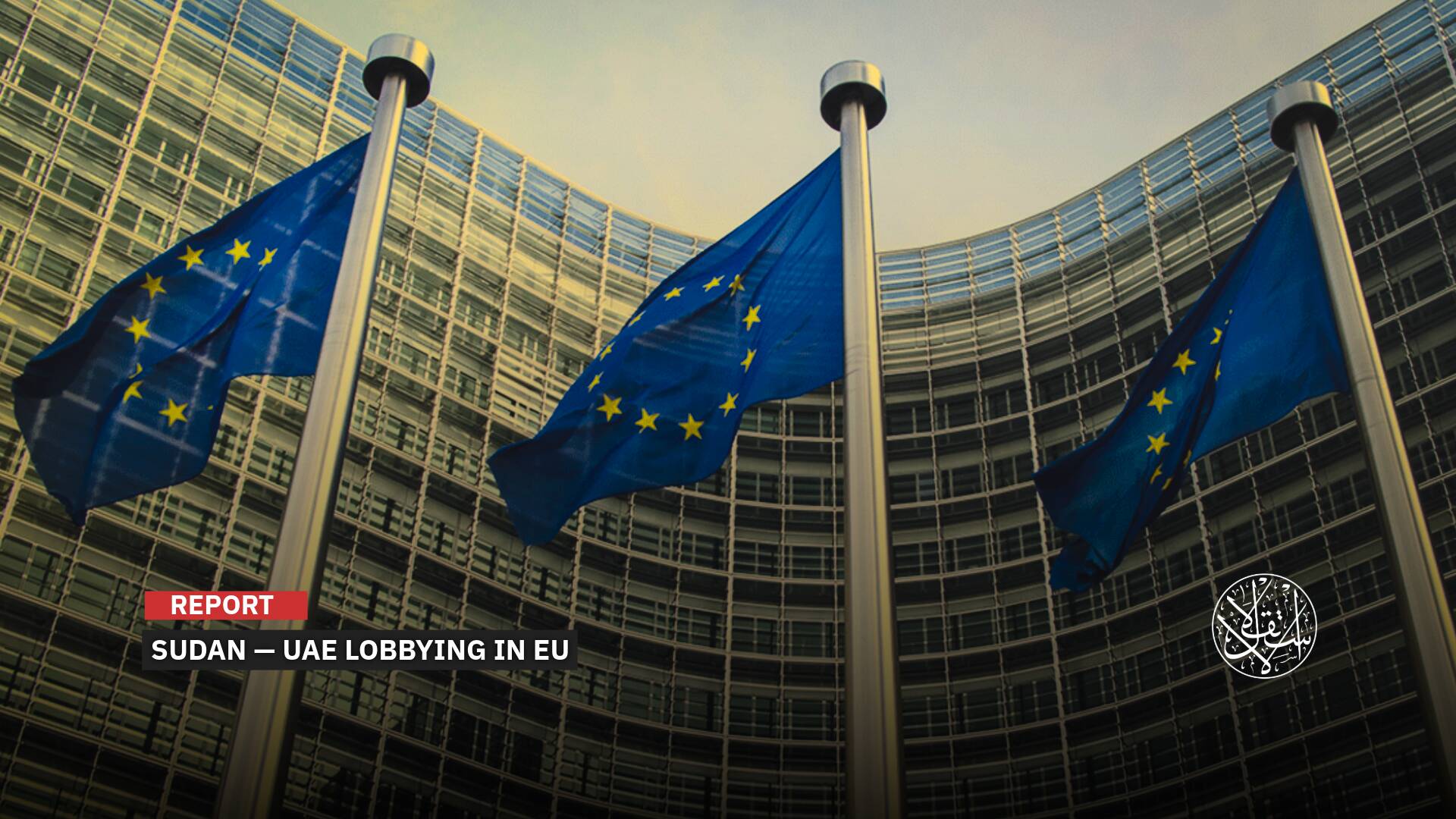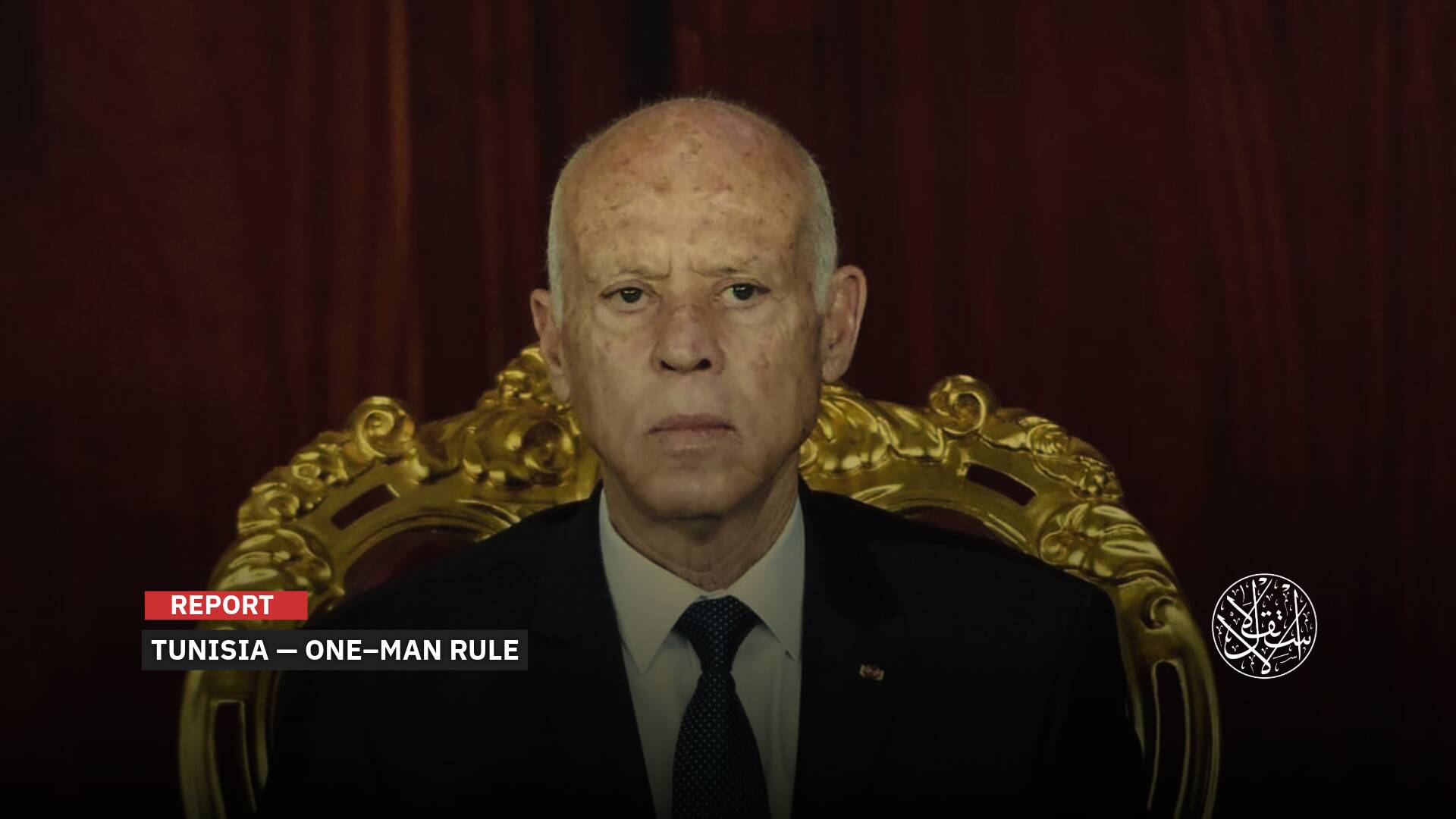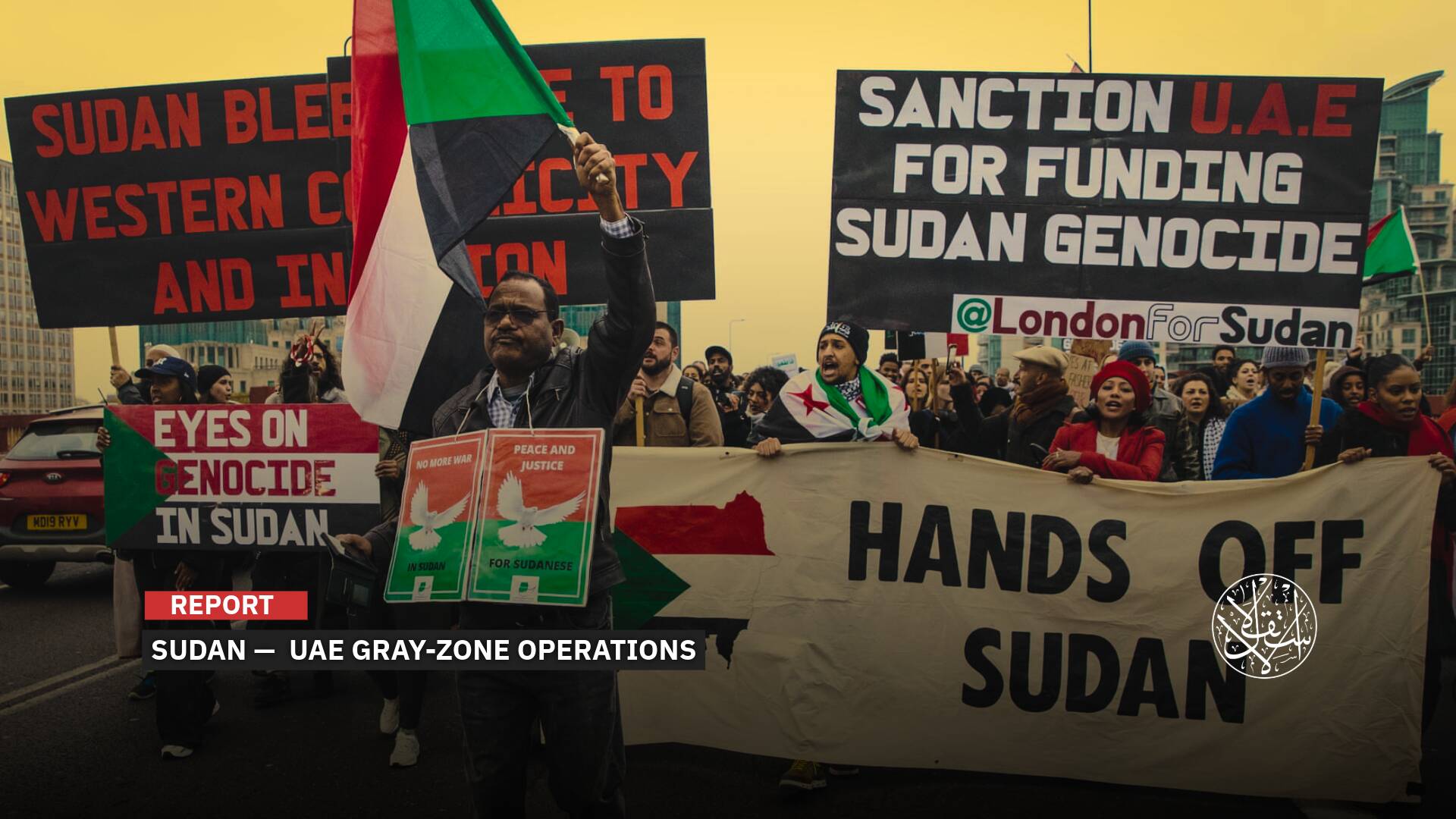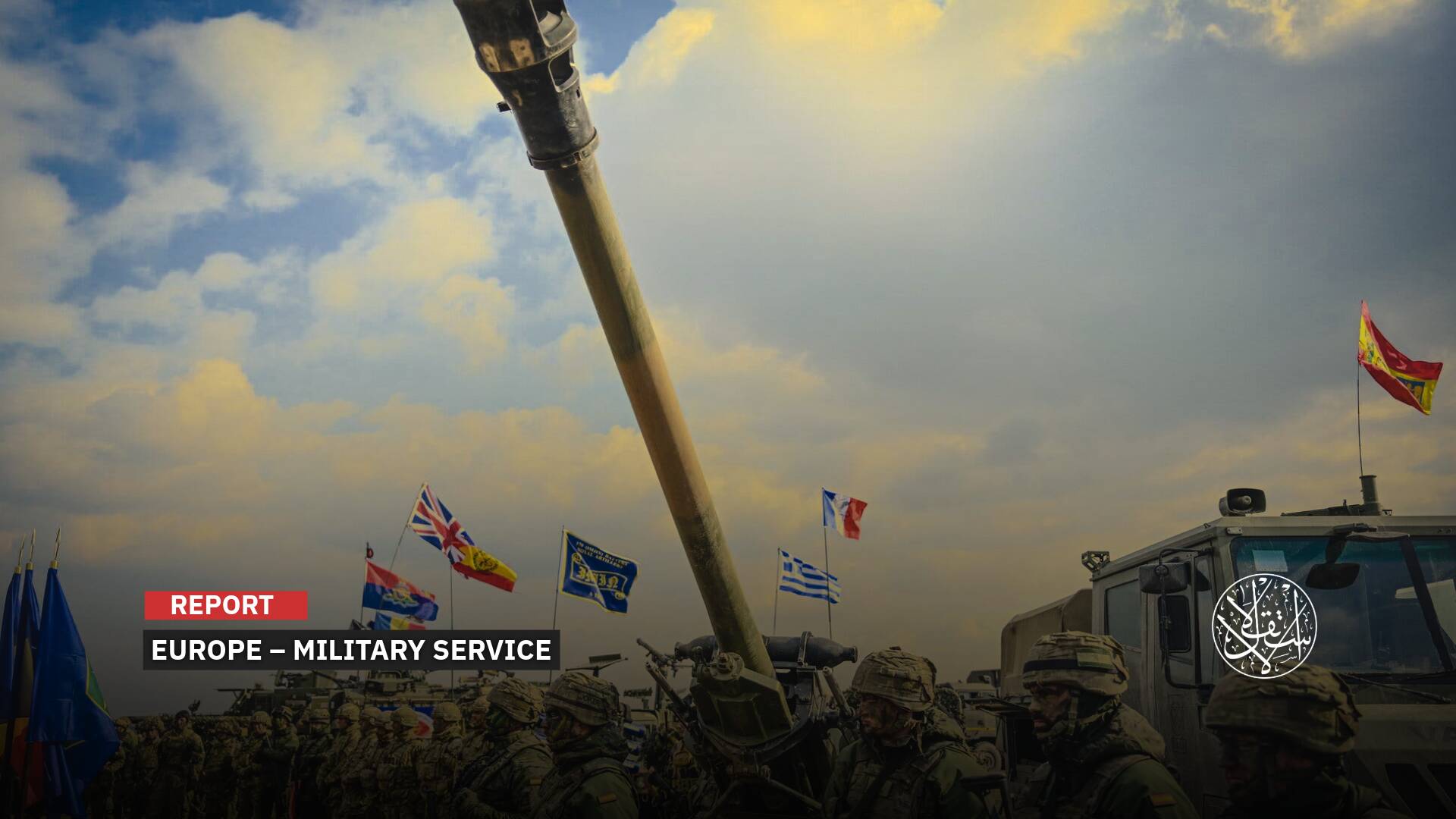Libya’s Central Bank Under Scrutiny as 10 Billion Dinars of Unknown Origin Spark Questions
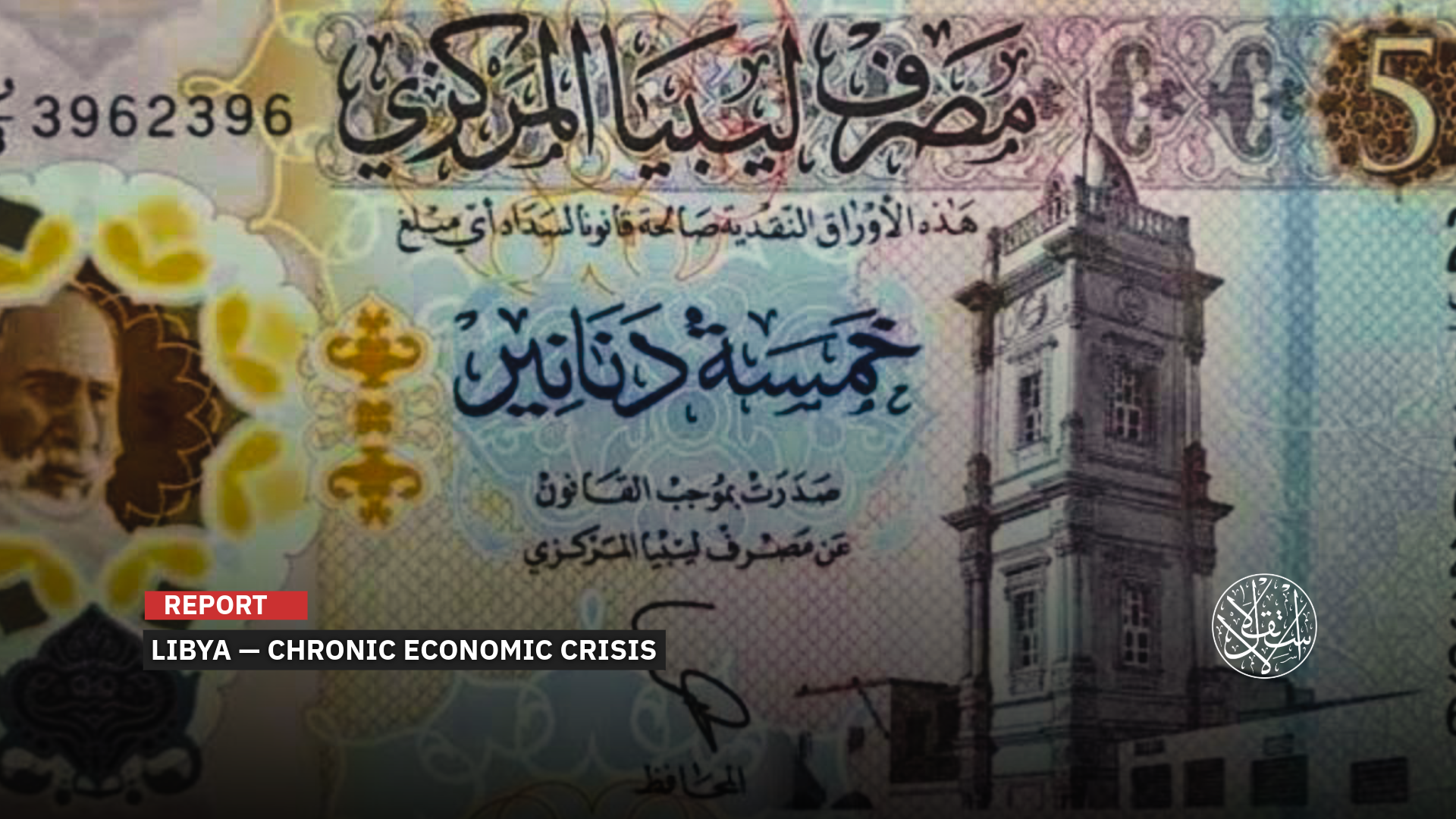
Printing this money hurt the value of the Libyan dinar.
Political and institutional divisions in Libya have caused multiple negative effects, particularly on the economy and financial system. The Central Bank of Libya revealed alarming data about billions of dinars of unknown origin circulating in the country. In a statement on October 14, 2025, the bank reported that out of 47 billion dinars withdrawn from circulation in the 1, 5, and 20 denominations, around 10 billion dinars (1.8 billion USD) had never been officially issued or recorded in its official records.
The breakdown of the withdrawn currency showed that 37.4 million dinars from the total 100 million issued in 1-dinar notes, 2.5 billion from 2.8 billion in 5-dinar notes, 7.6 billion from 8 billion in 20-dinar notes printed in the United Kingdom, and 19.9 billion from 13.4 billion in 20-dinar notes printed in Russia.
The central bank noted a 6.5 billion dinar discrepancy from the second Russian print, which exceeded the amounts officially recorded in Benghazi. Previously, the bank had also discovered a gap of over 3.5 billion dinars for the 50-dinar notes printed in Russia.
The printing of these notes has negatively affected the value of the Libyan dinar and increased demand for foreign currency in the parallel market. It has also raised risks related to money laundering and terrorism financing, putting additional pressure on the banking sector. The central bank emphasized that it is taking all necessary legal measures to address these irregularities and held all state institutions accountable.
To replace the withdrawn currency, the central bank announced that 60 billion dinars in new notes are being printed. So far, around 25 billion dinars have been distributed to banks across the country, 14 billion more are expected to arrive at the central bank in installments before the end of 2025, and the remaining 21 billion dinars are scheduled for delivery in 2026.
It is worth noting that the Central Bank of Libya split into two institutions in 2014, one in Tripoli and the other in Benghazi, following armed clashes in the country. This division, along with the subsequent printing of new currency, led to a decline in the value of the Libyan dinar against the dollar.
When the two branches of the central bank were unified at the end of 2022, the currency previously printed by the al-Bayda branch was effectively “legalized.” However, chaos returned by the end of 2023, as currency began being printed again in eastern Libya without any official authority being identified. The Central Bank of Libya described this money in its statements as currency of unknown origin.
In recent days, Libyan cities have witnessed long lines of citizens waiting outside banks, hoping to withdraw their money or salaries, amid a severe liquidity crisis that has made accessing cash extremely difficult.
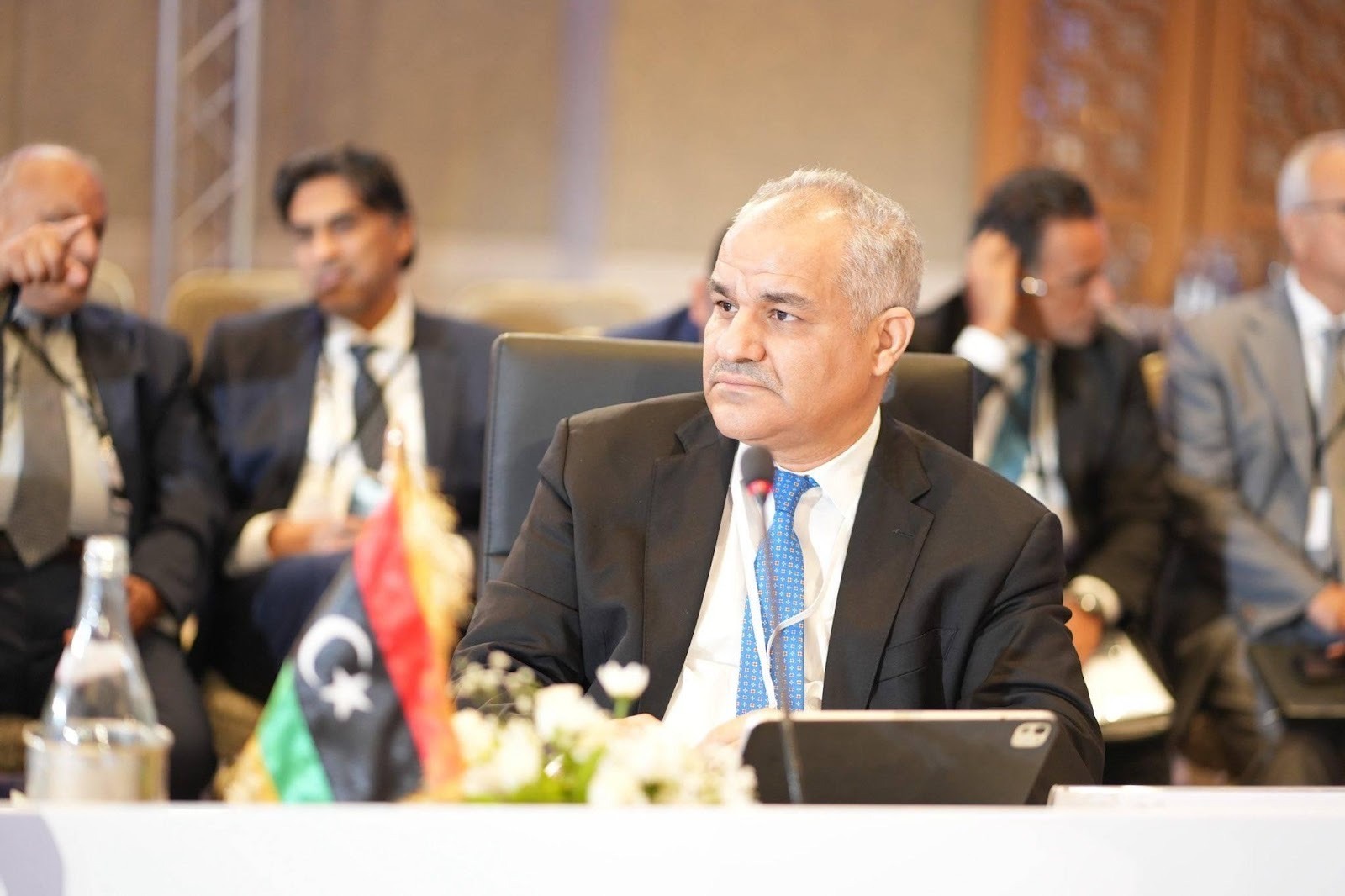
Counterfeit Currency
The Central Bank of Libya’s statement prompted several official institutions to intervene. The High Council of State described the bank’s announcement about counterfeit Libyan dinars as a serious violation of the country’s financial and banking laws.
According to Libya al-Ahrar on October 14, 2025, the council emphasized that the counterfeit currency indicates an organized crime targeting the nation’s monetary sovereignty and requires urgent investigation and accountability by the relevant authorities.
The council called on the attorney general to launch an immediate criminal investigation into the circumstances surrounding the issuance of the illegal notes and to determine both institutional and personal responsibility, whether within the central bank or any other party involved or complicit in the serious violation. It stressed the need for decisive action due to the direct impact on the country’s financial and economic stability.
The council also urged the Audit Bureau and the Administrative Control Authority to conduct a comprehensive administrative and financial investigation into the mechanisms of currency printing and distribution, verifying compliance with technical specifications, evaluating expenditures, and reviewing contracts with supplying companies. It appealed to all legislative, regulatory, and judicial institutions to perform their duties seriously and bear their legal and historical responsibilities regarding this critical issue.
On a practical level, the council’s head, Mohamed Takala, and the head of the Administrative Control Authority, Abdullah Qaderbouh, reviewed the necessary legal measures to address the entities or individuals involved in counterfeiting. In their meeting on October 15, 2025, which focused on the Central Bank’s statement, Takala and Qaderbouh discussed ways to strengthen coordination between regulatory and financial authorities to protect the national economy and maintain confidence in the banking system.
Meanwhile, the High Council of State described the volume of counterfeit money discovered as “complete and documented crimes against the state, its financial system, and national security.” In a statement responding to the central bank, the bloc called for rapid identification of the parties responsible for injecting these large sums into the Libyan market outside official channels. The bloc also urged parliament to expedite the passage of an anti-money laundering and counter-terrorism financing law, calling it a necessary step to curb financial chaos and protect the Libyan economy from collapse.
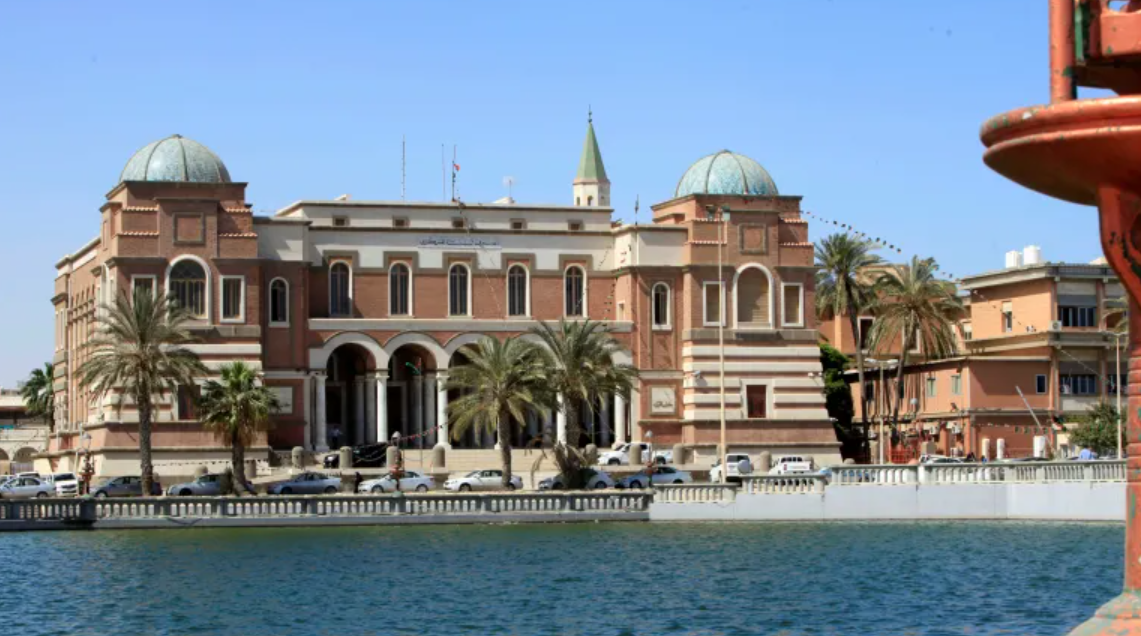
Serious Questions
The Central Bank of Libya’s statement has sparked widespread reactions across political, economic, and academic circles. Attia al-Fitouri, an economics professor at the University of Benghazi, noted that serious questions remain about the source and legality of the 20 and 50 dinar notes. Speaking to Alwasat Libya on October 15, 2025, al-Fitouri pointed out that the amounts withdrawn from these issues exceed the official figures published by the central bank’s Tripoli and Benghazi branches.
He estimated the discrepancy at around 10 billion dinars, with about 6.5 billion from the 20 dinar notes and 3.5 billion from the 50 dinar notes, representing roughly 5 percent of Libya’s actual cash supply. Al-Fitouri emphasized that fluctuations in the value of the Libyan dinar cannot be attributed solely to these unknown issues. They are also linked to speculation against the dinar and the central bank’s inability to convince depositors to return cash circulating in the market. He added that the lack of public trust in banks remains one of the main challenges facing the country’s monetary policy.
Former legal advisor to the Libyan Investment Authority, al-Budairi Cheriha, traced the roots of Libya’s currency crisis to the stage when notes were printed in Russia. Cheriha recalled that former deputy governor Ali al-Hibri reported varying figures for the amount printed, ranging from 10 to 18 billion dinars, reflecting a lack of transparency and accuracy at the time.
The problem has gone beyond the institutional split between the Tripoli and Benghazi branches of the central bank, evolving into a structural flaw in Libya’s economy. The crisis, he argued, is not only about weak trust but also stems from the absence of a strong productive base and an active private sector that could reduce the state’s reliance on public institutions.
Cheriha also criticized the central bank’s frequent media statements, noting that central banks worldwide typically communicate with caution and restraint. He pointed out that Law Number One of 2005 clearly defines the bank’s powers in Article Five, yet much of its current practice exceeds these legal boundaries.
Meanwhile, Abdul Hamid al-Fadhil, an economics professor at Misrata University, argued that labeling the currency as counterfeit is inaccurate. He explained that the same authority printed all the notes, using the same ink and paper, and that those who accepted notes printed in Russia previously cannot now reject later issues.
According to al-Fadhil, selective recognition of currency has worsened the crisis. He emphasized that the economy cannot operate on partial legitimacy. Either all Russian-printed notes are considered illegal, or all must be recognized as valid.
Jamal Shalouf, head of the Silphium Foundation for Studies and Research, blamed the central bank for trying to shirk responsibility for the liquidity crisis, accusing parallel market traders of exploiting the chaos. Legal advisor Hisham al-Harati warned that the situation represents a silent economic disaster threatening Libya. He stressed that the responsibility is not limited to the central bank but concerns all state institutions, which must answer to the public and history. He also noted that the authorities responsible for injecting these funds have not yet been identified, and no clear measures exist to hold those involved accountable or stop the damaging outflow.
Mohsen Dreija, former head of the Investment Authority, highlighted that the 10 billion dinar issue reflects a deeper problem: the presence of multiple monetary authorities in Libya. This illustrates the duality of state management and the depth of the country’s chronic economic crisis.

Haftar Is Responsible
Observers believe that the core of the crisis highlighted by the Central Bank of Libya stems from the political division in the country between two governments: one in the west, led by Abdel Hamid Dbeibeh and recognized internationally, and another in the east, led by Osama Hammad, under the authority of the coup leader Khalifa Haftar.
In this context, economic expert Hamza Ahsouna said that the figures reported for currency of unknown origin “do not represent just an accounting error, but a serious threat to Libya’s monetary sovereignty.”
“Illegal currency does not add real value to the economy. Instead, it increases the money supply and creates dangerous inflationary pressures that undermine confidence in the national currency,” he told Al-Estiklal.
“Every counterfeit or illegal note entering circulation increases the money supply without any productive or real reserve backing. This leads to a decline in the value of the dinar, rising prices, and a contraction in citizens’ purchasing power.”
“What is new and striking now is the central bank’s ability to disclose and be transparent. For the first time, it implicitly indicated the entity responsible for the breach, which is the bank’s Benghazi branch during the period of division,” the expert added.
“This points to Khalifa Haftar’s involvement in turning currency issuance tools into a means of political and military financing outside the law.”
“This disclosure does not reflect involvement in political conflict but represents an important step to identify the root cause of the problem and its origin,” according to the source.
“The economic effects of these counterfeit amounts go beyond price inflation. They have shaken the entire banking system, as banks lost the ability to distinguish legal currency from illegal, creating gaps between the amounts in circulation and those recorded in issuance logs.”
This situation led to a decline in public confidence and increased demand for foreign currency as a store of value. The central bank was forced to take tough decisions by withdrawing the suspicious issues and replacing them with new denominations to cleanse the cash market.
Ahsouna revealed that what occurred represents “a structural shift in the control of money within the state.”
“Haftar no longer uses banks solely for political purposes but has established a parallel monetary system based on administrative control over commercial bank branches in the east, controlling oil revenues to direct financial flows and circulating cash outside the banking system through smuggling and speculation networks,” he said.
“Withdrawing the counterfeit currency is essential but not enough because the real problem is not the notes themselves but the system that allows them to circulate.”
Ahsouna noted that “one consequence of the withdrawal process is a liquidity shortage in banks, as the newly printed replacements are still limited. Whatever arrives is immediately taken by traders and does not return to banks, creating a cash vacuum reflected in daily withdrawal stoppages and increased reliance on cash outside the banking system.”
He warned that if Haftar continues to control bank branches and oil ports, it will erode financial sovereignty and gradually reduce the central bank to a formal institution that issues currency without having any control over its fate.
Ahsouna added that the central bank is currently facing a dual battle: restoring confidence in the currency while freeing the financial system from military domination.
“The fundamental solution lies in freeing the monetary cycle from Haftar’s influence by restructuring commercial banks in the east and linking oil revenues directly to the central bank. Whoever controls the money controls the decision. If financial decisions remain in Haftar’s hands, the dinar will have neither backing nor a future,” the expert concluded.
Sources
- After the Central Bank’s Announcement, the State Council Calls for an Investigation into Counterfeit Currency [Arabic]
- Takala and Qaderbouh Discuss Legal Measures Against Counterfeit Currency [Arabic]
- From “Billions of Unknown Origin” to Shaken Confidence in Banks: The Liquidity Crisis Stalls [Arabic]


